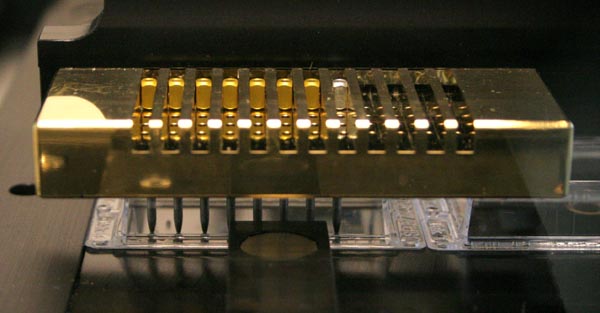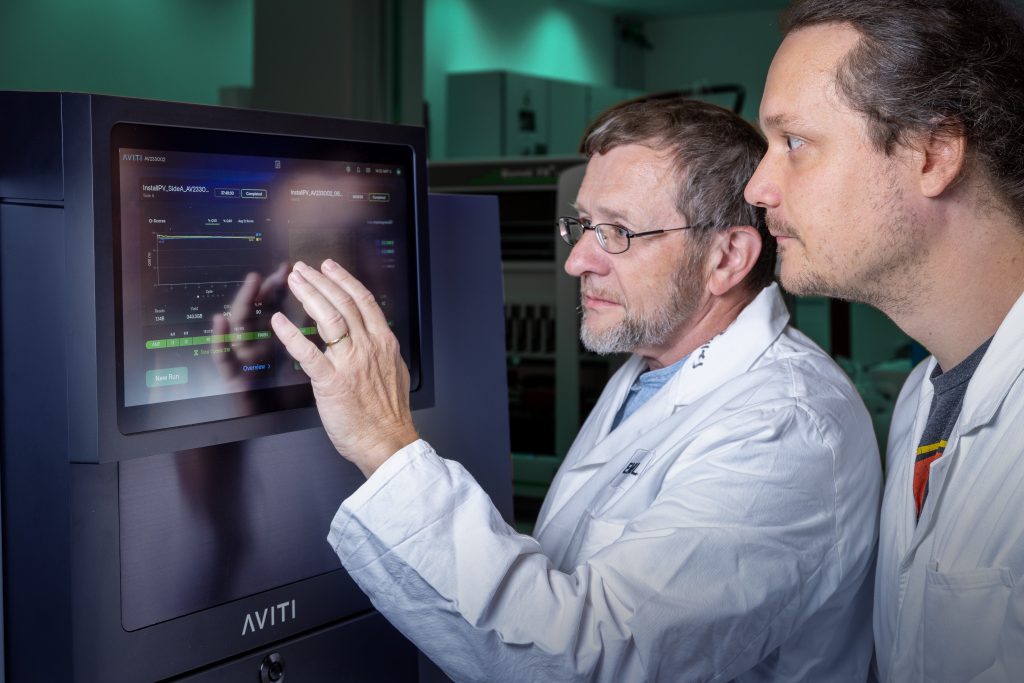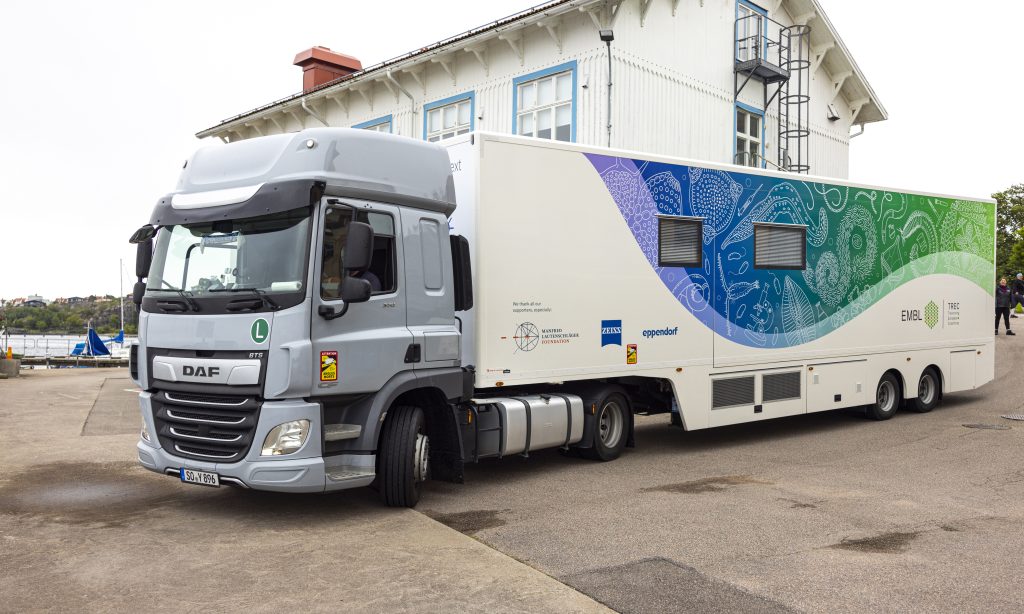Read the latest Issue
Hunt for human genes involved in cell division under way

A systematic search through human genes has begun at the European Molecular Biology Laboratory (EMBL) in Heidelberg, Germany. Working within the MitoCheck consortium that includes 10 other institutes throughout Europe, the EMBL scientists will silence all human genes, one-by-one, to find those involved in cell division (mitosis) and to answer fundamental questions of how cell division is regulated.
The scientists will use a method called ‘RNA interference (RNAi)’ where chemically synthesized RNA molecules are used to target and silence each human gene. About 22,000 genes will be suppressed and their impact on cell division monitored by live cell microscopy to understand each gene’s role in cell division.
“To our knowledge, we are the first group to take on this systematic search through the genome in live cells. We will use the most potent RNAi reagent for this study, which is usually out of reach for academic labs because of the enormous cost and the ever-changing annotation of the human genome. But being part of the large EU project MitoCheck allowed us to work with one of the leading suppliers of siRNAs, Ambion Europe, Ltd., to produce a genome-wide library for this project,” says Dr. Jan Ellenberg, EMBL Group Leader and co-initiator of the MitoCheck project.
Undertaking such a large project required tens of thousands of siRNA molecules, as two to three molecules are targeted specifically against each human gene. EMBL chose Ambion as a supplier of the siRNA library because its library could be tailored to the most up-to-date list of human target genes – a list provided by the Wellcome Trust Sanger Institute, the MitoCheck bioinformatics partner. Also, Ambion’s siRNA libraries utilize a siRNA design algorithm developed by Cenix BioScience GmbH (an EMBL spin-off company), leading to high efficacy of the siRNAs.
“We are happy to work with Ambion and Cenix BioScience on this ambitious project. This represents the first use of a genome-wide library of chemically synthesized siRNAs in academic research and these partners have provided us with the tools to carry out this search,” says Ellenberg. “Thousands of genes have been tested in the initial phase of the project and the results are very promising.”
The systematic search and analysis of the screen is set to be completed by the end of 2005. siRNAs are printed as a microarray into a live cell imaging chamber.







